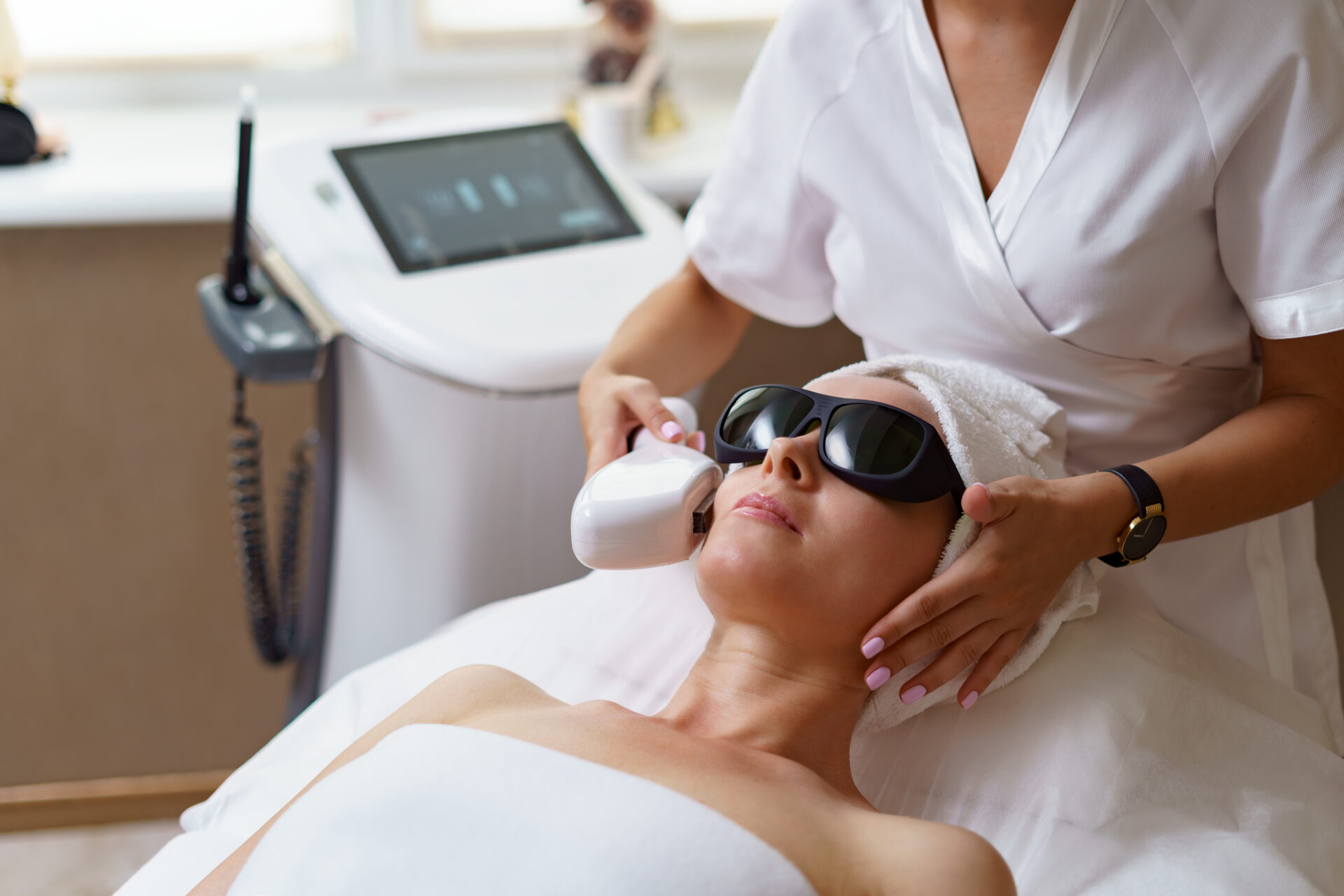
22 Nov HIFU Treatment for Non-Surgical Facelift: What to Expect
In the ever-evolving landscape of cosmetic treatments, the quest for a youthful appearance without undergoing surgery has led to the rise of non-invasive procedures. High-Intensity Focused Ultrasound (HIFU) has emerged as a revolutionary technology, offering a non-surgical facelift alternative. If you’re considering HIFU treatment, understanding what to expect can help you make an informed decision.
What is HIFU Treatment?
HIFU stands for High-Intensity Focused Ultrasound, and it is a non-invasive cosmetic treatment that utilizes ultrasound energy to stimulate collagen production in the deep layers of the skin. Unlike traditional surgical facelifts, which involve incisions and the repositioning of skin and tissues, HIFU works from the inside out. HIFU uses ultrasound energy to stimulate collagen production deep within the skin. This results in a natural and gradual lifting and tightening effect. HIFU is often used to address common signs of aging, such as sagging skin on the face and neck, and it is considered a non-surgical alternative to traditional facelift procedures. One of the key advantages of HIFU is its minimal downtime, as the procedure typically allows individuals to resume their normal activities immediately after treatment.
How Does HIFU Work?
During a HIFU treatment, a handheld device is used to deliver focused ultrasound waves to specific target areas on the face, neck, or other body parts. These waves penetrate the skin without causing damage to the surface, reaching the deeper layers where collagen is produced. The heat generated by the ultrasound energy prompts the body’s natural healing response, stimulating the production of new collagen. As collagen levels increase, the skin becomes firmer, tighter, and more lifted over time.
What Areas Can HIFU Treat?
HIFU is versatile and can target various areas, including the face, neck, and décolletage. It is commonly used to address sagging skin on the cheeks, jawline, and brow area. The treatment is customizable, allowing practitioners to focus on specific trouble areas based on individual concerns.
Before the Treatment: Consultation and Preparation
Before undergoing HIFU, a consultation with a qualified practitioner is crucial. During this consultation, your medical history and skin condition will be assessed to determine if HIFU is suitable for you. If deemed appropriate, the practitioner will explain the treatment process, potential benefits, and any associated risks. In preparation for the procedure, it’s advisable to arrive with clean skin, free of makeup and lotions. Some practitioners may recommend avoiding certain medications or substances that can thin the blood to minimize the risk of bruising.
During the Treatment: What to Expect
A typical HIFU session can last anywhere from 30 minutes to an hour, depending on the areas being treated. The practitioner will apply a conductive gel to the skin and then use the HIFU device to deliver targeted ultrasound energy. Most patients experience a warm or prickling sensation during the procedure, but discomfort is generally minimal. HIFU is designed to stimulate the deeper layers of the skin without causing damage to the surface. The treatment is often well-tolerated, and many individuals can resume their normal activities immediately afterward.
Post-Treatment: Recovery and Results
One of the key advantages of HIFU is the minimal downtime associated with the procedure. Some patients may experience mild redness or swelling, but these effects are usually temporary and resolve within a few hours to a few days. Results from HIFU are not immediate, as the collagen-building process takes time. Over the following weeks and months, you’ll notice a gradual improvement in skin tightness and texture. The full effects of HIFU may continue to develop for up to six months post-treatment.
Maintaining Results: Follow-up Sessions and Skincare
While a single HIFU treatment can yield noticeable results, some individuals opt for follow-up sessions to enhance and prolong the effects. The frequency of follow-up treatments depends on individual factors and the desired outcome. In addition to HIFU sessions, maintaining a consistent skincare routine is essential for optimal results. Sun protection, hydration, and the use of quality skincare products can contribute to the overall health and appearance of the skin.
Considerations and Potential Side Effects
While HIFU is generally considered safe, it may not be suitable for everyone. Pregnant or breastfeeding women, individuals with certain medical conditions, or those with extensive scarring in the treatment area may not be ideal candidates. As with any cosmetic procedure, there is a risk of side effects, including bruising, swelling, and temporary discomfort.
Conclusion
HIFU treatment offers a non-surgical solution for individuals seeking a natural-looking facelift without the risks and downtime associated with surgery. Understanding the process, from consultation to post-treatment care, is crucial for making an informed decision about whether HIFU is right for you. As with any cosmetic procedure, consulting with a qualified and experienced practitioner is key to achieving the best possible results. If you are still searching for the best certified aesthetic clinic in Penang that provides a Medical Grade HIFU treatment, our A Klinik Signature will be the one for you. Whether you’re looking for skin rejuvenation, body contouring, or acne treatments, A Klinik Signature has a range of services to help you achieve your desired aesthetic goals. So why wait? Book your appointment today and take the first step towards a more confident and beautiful you!
Contact us today to get started. Click the button below!
Enjoyed this blog? For more blogs regarding skin treatments, check out our blogs!




Sorry, the comment form is closed at this time.